Yoga is a timeless practice that yogis, athletes, and exercise enthusiasts have embraced for years. The benefits of yoga – flexibility, increased strength, and improved stability, just to name a few – lend themselves well to helping runners stay injury free. Runners of all levels can benefit from incorporating yoga into their cross-training routines. This list will guide you through everything you need to know about yoga for runners, its benefits, and why runners should try yoga.
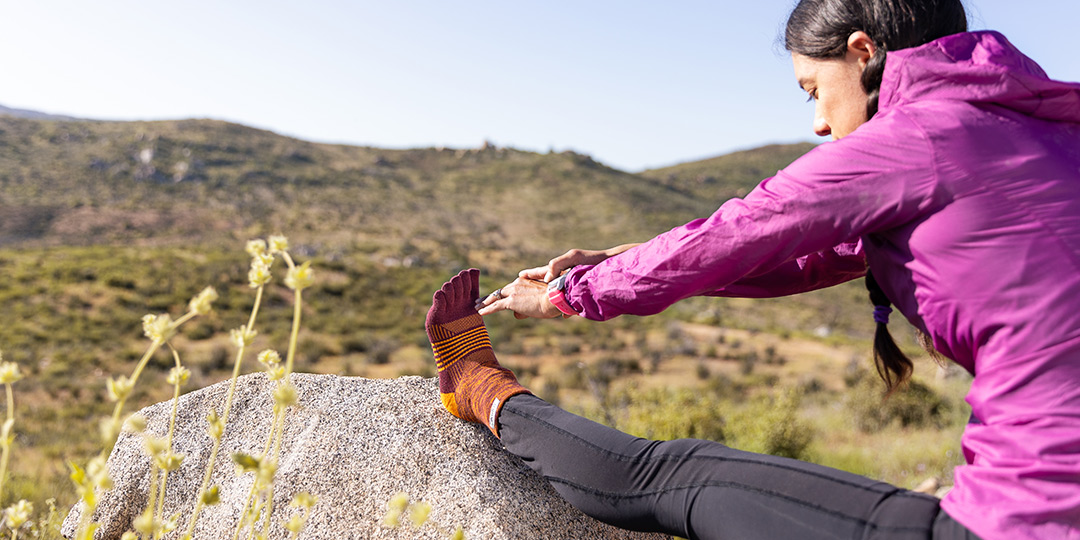
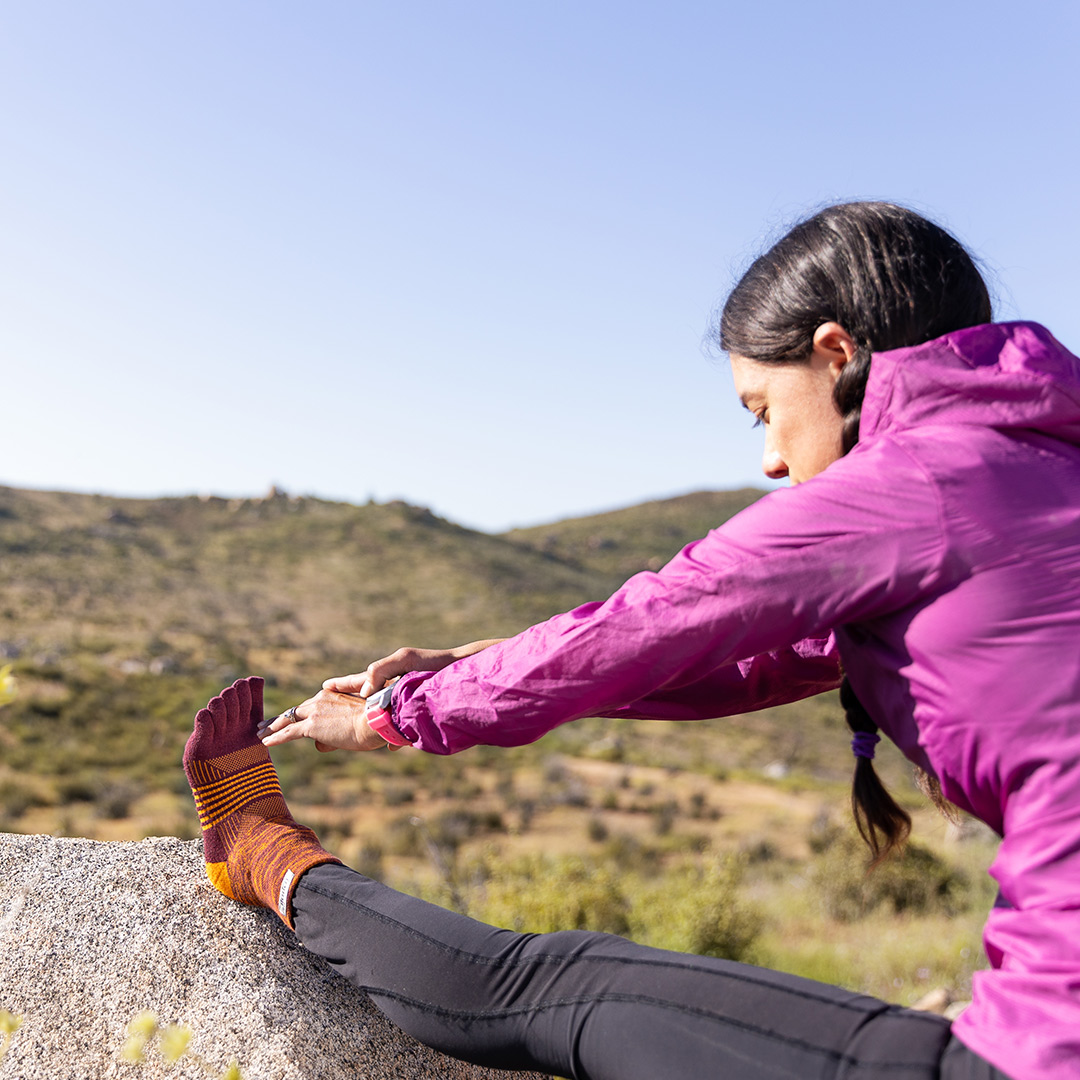
What is Yoga?
Yoga is a holistic practice that combines dynamic poses, breath control, and meditation to promote overall well-being and mental clarity. It often emphasizes the interconnectedness of the mind and body, fostering flexibility, strength, and a deeper self-awareness.
Yoga for Runners
There are various types of yoga, and some may be better suited for runners.
- Vinyasa yoga is dynamic practice that synchronizes breath with movement to enhance flexibility.
- Power yoga combines dynamic sequences with strength-building poses to improve muscle endurance and cardiovascular fitness.
- Hatha yoga focuses on more basic poses and breath control.
Runners new to practicing yoga may find that going to a studio is the best way to learn yoga. Studio sessions give runners the chance to receive personal guidance from a yoga instructor. Some may find the best way to learn yoga is from online tutorials like YouTube. Ultimately, this choice will differ individually.
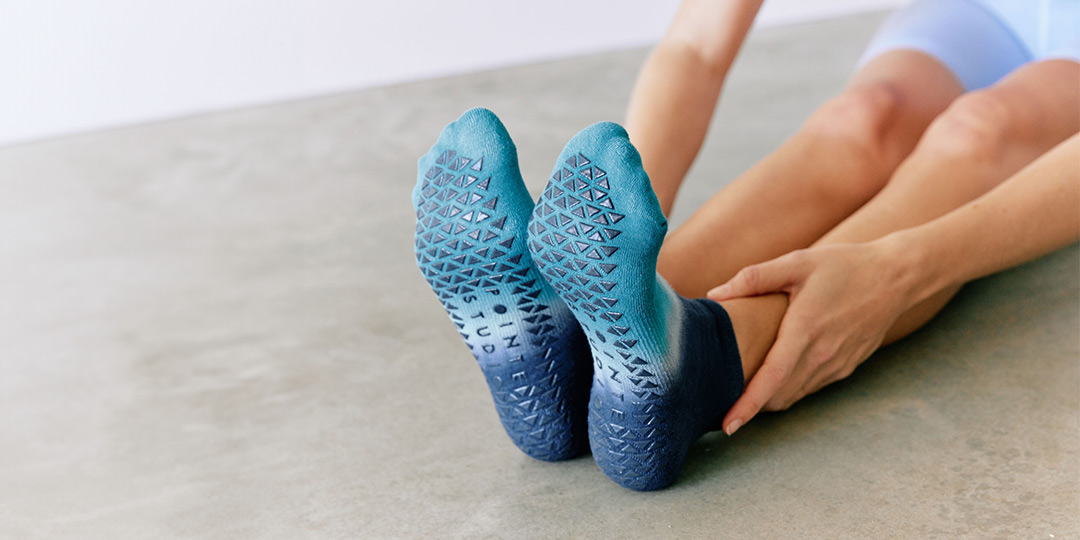
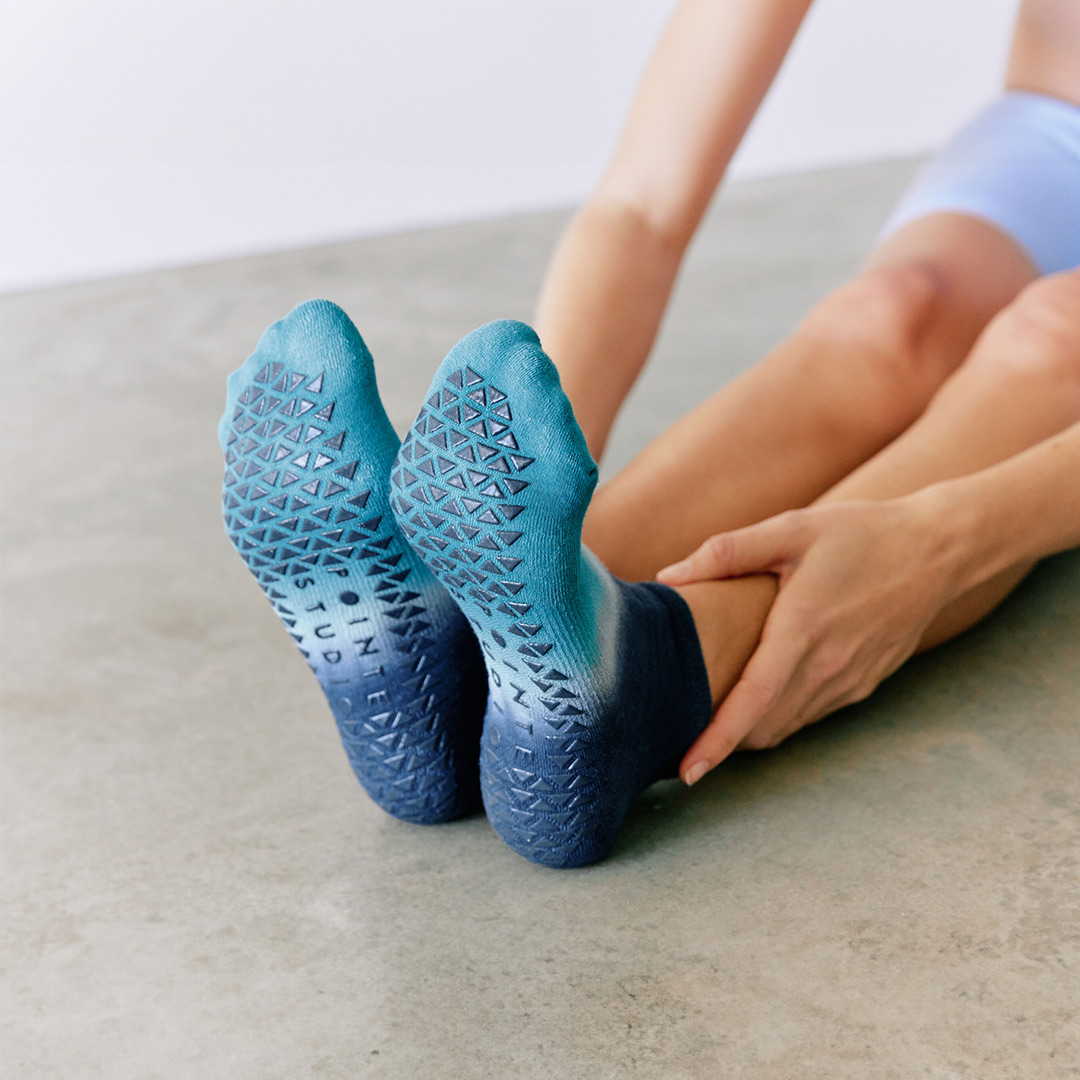
Flexibility
Yoga’s varied stretches and poses help improve overall flexibility, reducing the risk of muscle strains and other injuries during runs. Having good mobility is an important injury prevention technique for runners, and different types of yoga poses can help with increasing mobility.
- Downward dog pose provides a deep stretch to the calves, alleviating the calf muscles and reducing the risk of lower leg injuries like Achilles tendon strains.
- Warrior poses target multiple major muscle groups like the quadriceps, hamstrings, and calf muscles, contributing to enhanced flexibility and stability for runners. These poses also open the hips, decreasing tightness in this area commonly experienced by runners.
- Pigeon pose releases tension in hip flexors, provides a deep glute stretch, and allows for a gentle stretch of the lower back. This pose is beneficial for runners aiming to prevent hip-related issues or lower back discomfort that results from running.
- Tree pose strengthens the ankles and improves balance, helping to reduce the risk of injury from instability.
Increased Strength
Yoga engages various muscle groups through long holds and poses that can sometimes be neglected by runners during their routine training. For example, one-legged yoga poses, such as Warrior three or Tree pose, require the use of hips and glutes for a prolonged period. One-legged strength enhances the efficiency of a runner’s stride, helping to propel themselves forward, and reduces the risk of injuries caused by muscle imbalances. Similarly, the upward facing dog pose strengthens the back and shoulders, areas that are often subjected to strain during longer runs. A stronger upper body can contribute to better running form and performance.
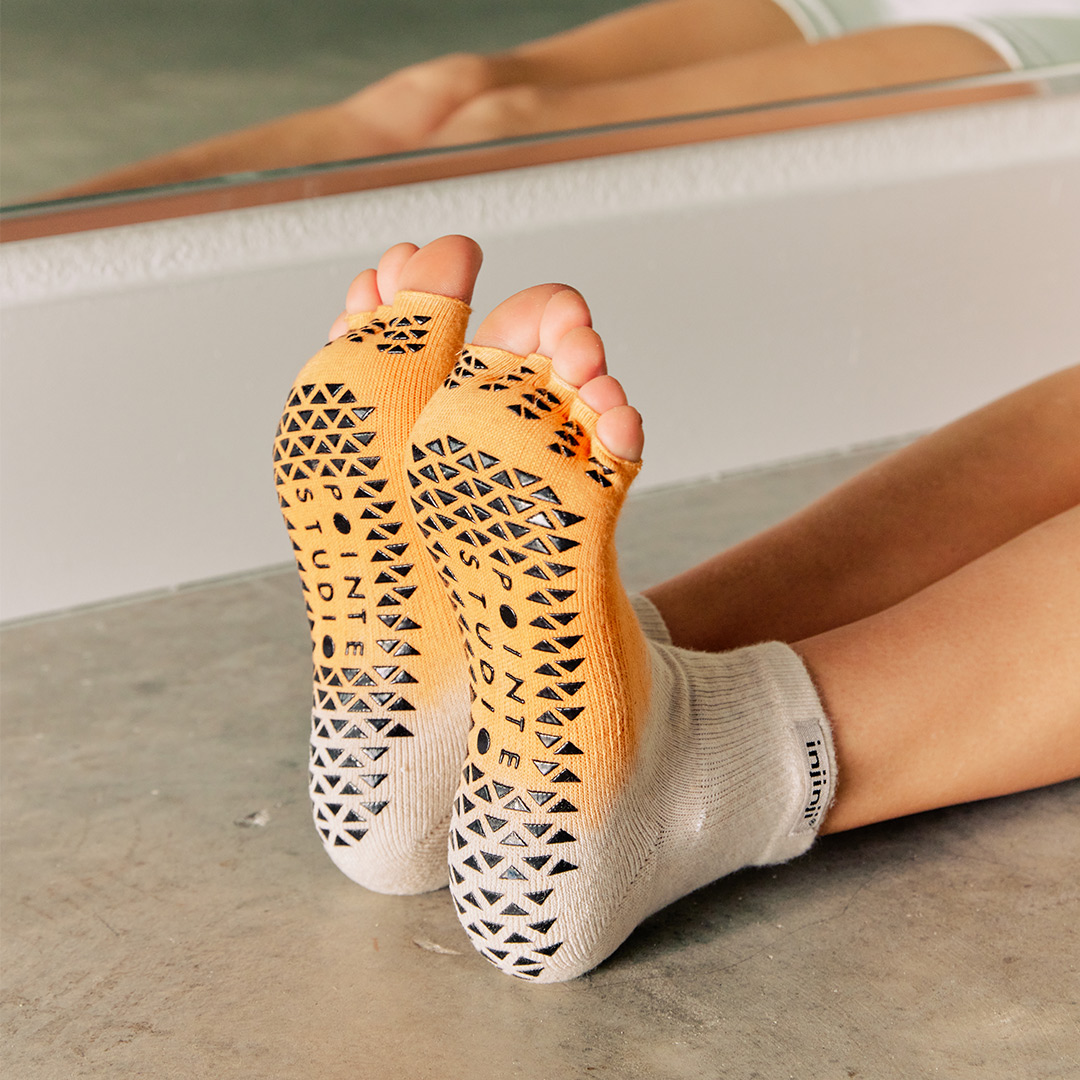



Improved Stability
Many yoga poses also focus on core strengthening. Having a strong, stable core is crucial for maintaining proper running posture. Enhanced stability contributes to overall running performance and reduces the risk of injuries. Those new to yoga may find that building core strength takes time. Incorporating props such as yoga blocks or straps can provide additional support and help achieve proper alignment to gradually build strength and stability. For extra confidence on the mat, opt for Injinji grip socks. The silicone grips underfoot will aid in keeping your feet firm on the ground through challenging poses.
Improved Breathing Techniques
Yoga incorporates various breathing exercises that enhance lung capacity, teaching runners how to control their breath during intense workouts. For example, hill sprints or interval sessions may give runners the urge to take shorter breaths. However, increased lung capacity allows them to take in more oxygen with each breath, enhancing their endurance during these workouts. With a more stable, intentional breathing pattern, runners can better manage how they expend their energy while running. Breathing techniques can also foster a strong mind-body connection, providing increased mental focus and concentration.
Increased Recovery
Yoga can be used to enhance a runner’s recovery after a challenging race or training run. Yoga benefits recovery by loosening muscles, releasing tension, and reducing muscle soreness often experienced after a long run. The deliberate stretching and long holds in yoga contribute to enhanced blood circulation, supporting a quicker recovery. Beyond its physical benefits, yoga also serves as a mental reset, offering runners mindfulness and relaxation before their next workout. Yoga is a great active recovery for runners.
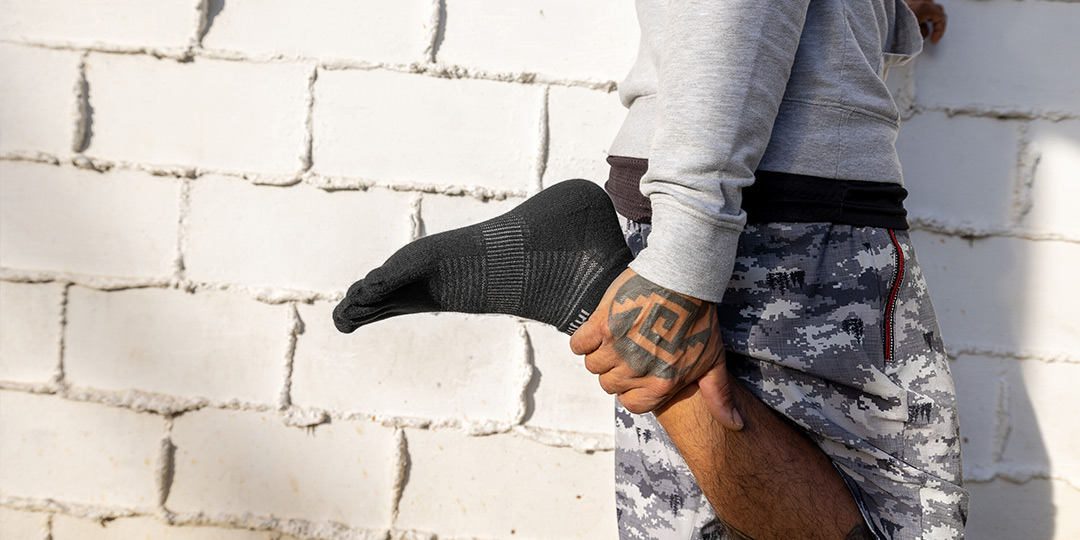
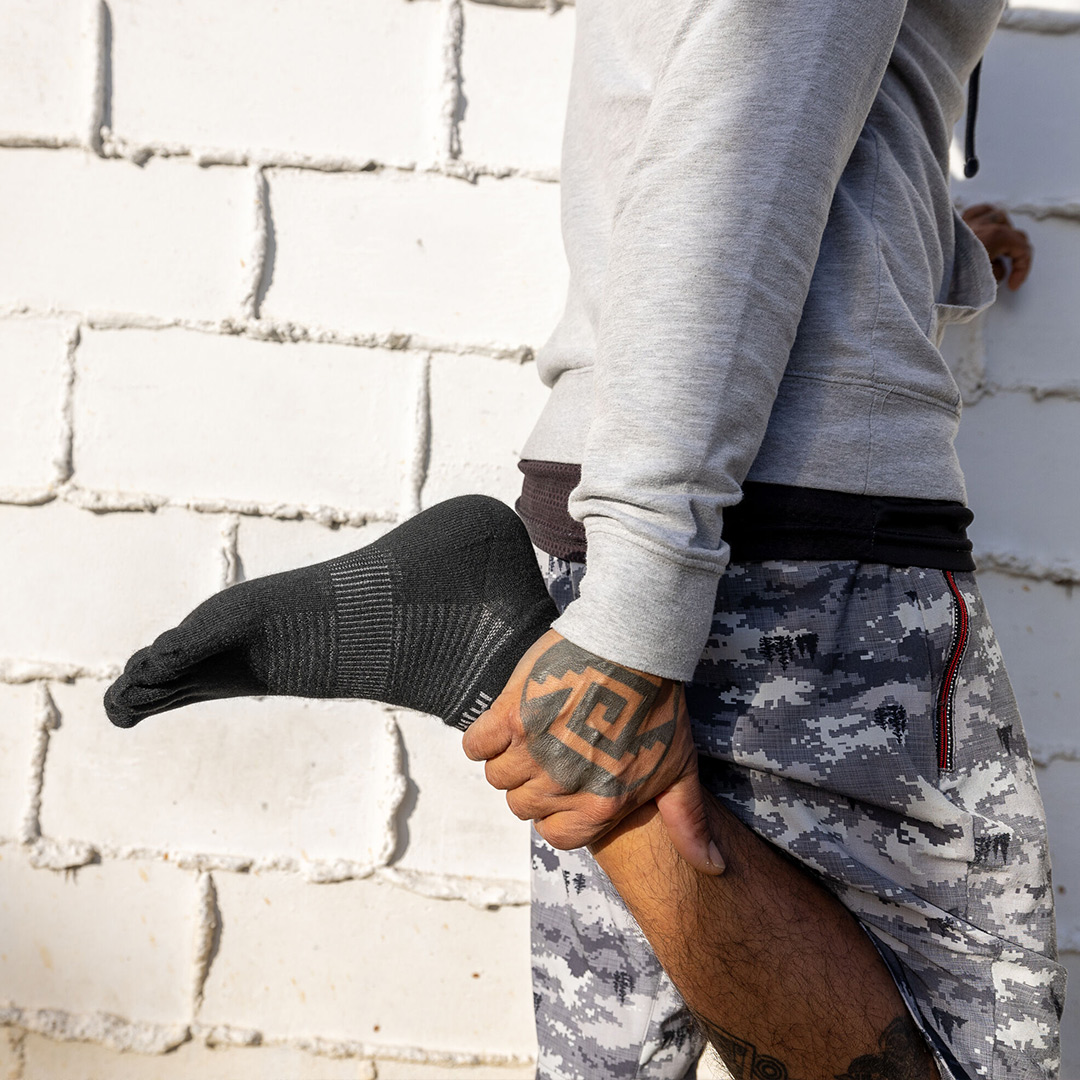
Ready to give yoga a shot? Your mind and body will thank you. Don't forget to grab a pair of Injinji grip socks - the best socks for yoga, Pilates and barre!








